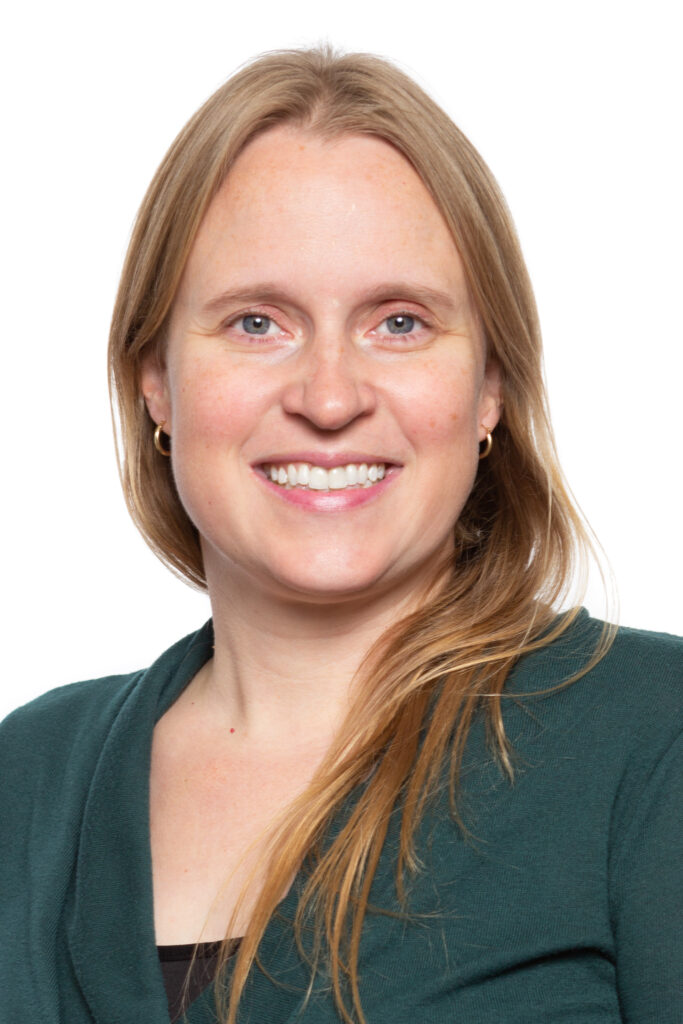Equity is a concept that is widely discussed and applied in public health and I wanted to learn more on how to apply it to physical education (PE) and physical activity (PA) in the school setting. Back in February, I had an opportunity to learn more through Springboard’s Online Learning Institute focused on health equity in PE/PA. The presenters were all extremely knowledgeable and interesting to follow. I’ve attended previous learning institutes before, and they all follow a similar structure. To set the stage and ensure a shared understanding among participants, the learning institute begins with the theory or concept definition of focus. Next, presenters share examples from the field and discuss live application of the concept, and then we explore and discuss application to our local settings.
A key moment I had during this learning institute was when the Georgia Health Policy Center shared a story on how they used FitnessGram data to hone in on where the inequities were for their school population. The use of the individual fitness assessment statewide revealed a gender health disparity in their state. They also used PE enrollment data to further identify the gap between females and males enrolled in PE. To drill down further, they looked at the percentage of girls who meet the aerobic capacity recommendation in each county and created a map to display which counties had an increased need for physical activity programming. Honing in on physical activity programming for middle school aged females, they conducted focus groups to identify activities, motivations, attitudes, and barriers to physical activity and built out programming from there.
This story provided concrete examples of how to use individual fitness data at a statewide level to identify inequities and take steps to close the gaps. As a person who works statewide, it gave me goosebumps to see how Georgia was able to identify and pull data and drill down and identify where to invest limited resources for programming. This is a strategy that can definitely be applied in our state. Additionally, the information helped to shape my perspective on different types of inequities. I usually apply health equity principles to communities, specifically access to food or built environment discussions. The case study here focused on gender and age as it applied to a specific type of PA – a way I had not thought about integrating equity.
After each concept was presented, I liked how we broke out into smaller groups to discuss application in our own setting. This helps make the information become more concrete and usable. The thought of engaging for three hours in a virtual training seemed daunting at first; however the Springboard team does a great job engaging participants so that time moved quickly and when it’s over, you want more.
Guest blogger
 Julie Dearing is the State Programs Coordinator for the Center for Chronic Disease Prevention and Health Promotion in the Oklahoma State Department of Health (OSDH) where she serves as a sector specialist in the areas of school and worksite wellness with content expertise in physical activity, nutrition, tobacco and chronic disease. Her key areas of interest include policy and environmental change interventions, community-based approaches and data-driven decision making. Her education includes a Bachelor of Arts degree in Communication Management from the University of Dayton in Ohio, a Master of Science degree in Wellness Management from the University of Central Oklahoma and she is currently a Doctoral Candidate in Health and Human Performance – Health Promotion, from Oklahoma State University. Her Dissertation is focusing on predictors of teacher burnout as it relates to school climate. Additionally, Julie is a licensed CDC Work@Health trainer.
Julie Dearing is the State Programs Coordinator for the Center for Chronic Disease Prevention and Health Promotion in the Oklahoma State Department of Health (OSDH) where she serves as a sector specialist in the areas of school and worksite wellness with content expertise in physical activity, nutrition, tobacco and chronic disease. Her key areas of interest include policy and environmental change interventions, community-based approaches and data-driven decision making. Her education includes a Bachelor of Arts degree in Communication Management from the University of Dayton in Ohio, a Master of Science degree in Wellness Management from the University of Central Oklahoma and she is currently a Doctoral Candidate in Health and Human Performance – Health Promotion, from Oklahoma State University. Her Dissertation is focusing on predictors of teacher burnout as it relates to school climate. Additionally, Julie is a licensed CDC Work@Health trainer.
